Minority communities fear redistricting overlook: ‘You can’t ignore us’
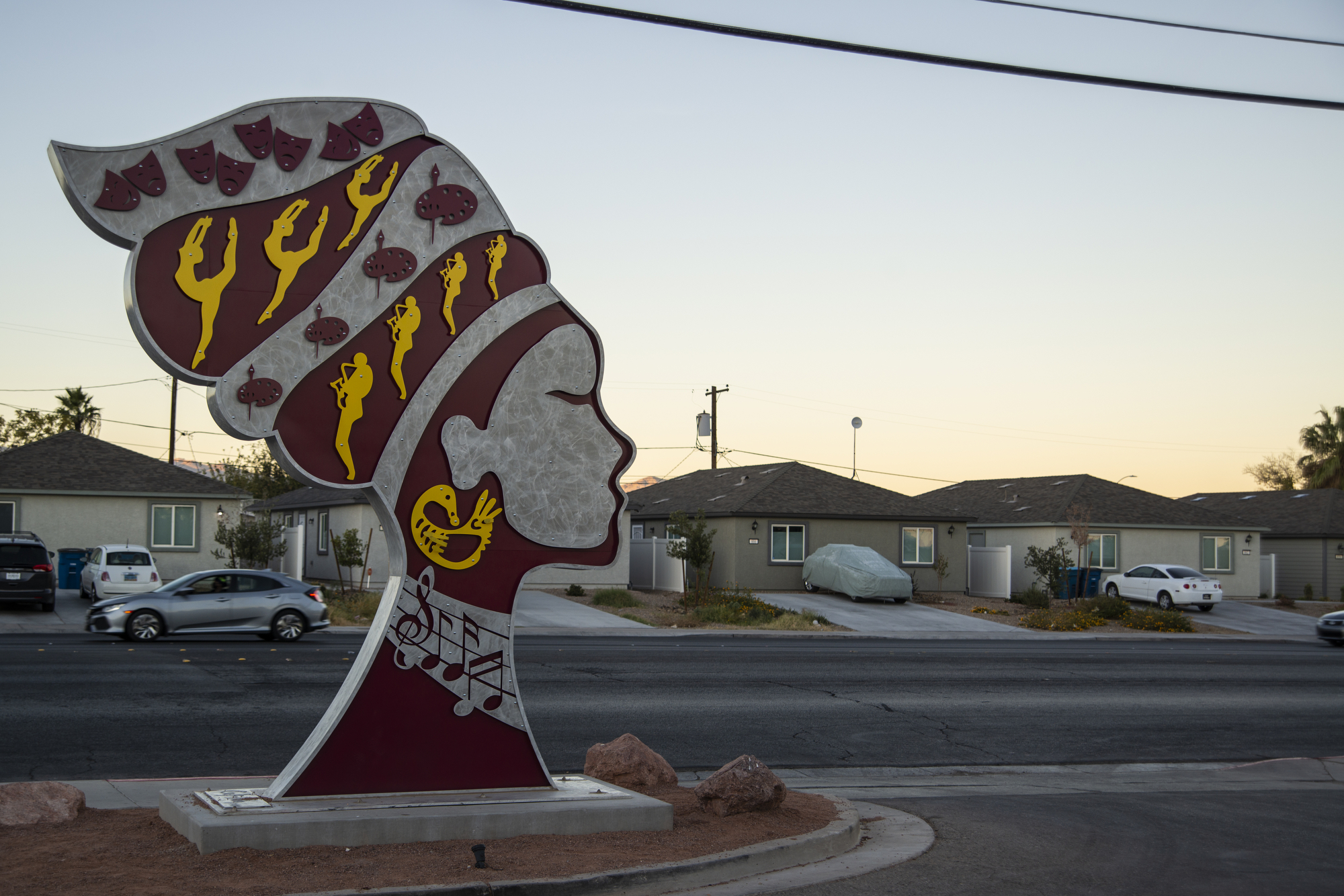
Equity. Representation. Political power.
That’s what’s on the line as state lawmakers convene for a special session beginning Friday to approach the once-in-a-decade redistricting process, or the redrawing of political boundaries to account for demographic and population shifts.
Since Nevada’s congressional and legislative districts were last redrawn in 2011, the state’s population has increased by more than 400,000 people, fueled by growing Latino and other racial and ethnic minority populations in Clark and Washoe counties.
But community leaders warn that mere acknowledgment of rising minority populations is not enough if lawmakers fail to convert those increasing numbers into increasing political power.
“When we look at these maps that the Legislature develops and proposes, we would like to see that the census data is reflected,” said Noé Orosco, the census and redistricting coordinator for the non-profit progressive organization Silver State Voices. “That they're actually taking into account the feedback that the community has been providing.”
Federal and state laws require the Legislature to create legislative and congressional districts, based on decennial U.S. Census Bureau data, that have roughly equal representation and do not disenfranchise minority communities (municipal boundaries, such as city council or school districts, are drawn by the controlling local government). Outside of those requirements, state lawmakers have wide latitude in what other factors to prioritize when drawing boundaries.
Policymakers take into account a number of factors when determining district lines, including racial equity, preserving existing political subdivisions such as county boundaries and maintaining “communities of interest,” or groups that share common values and voting preferences.
Of concern to many is the potential for the dilution of individual voices. For example, if lawmakers draw a district that “cracks” minority or common-interest voters into many districts, those voters then become a small percentage of the population and may lack the ability to elect a representative who speaks for them.
Another way is to “pack” minority voters into one district. If they were spread out, they would have more political power, but clumped together they have less of a political voice. The process could be intentional disenfranchisement, or an accidental line that separates a common interest community (though no community is monolithic).
During a focus group held with likely Latino voters during The Nevada Independent’s annual IndyFest conference, members of the panel said they would not automatically support a Latino candidate.
“It might bring more attention, but at the end of the day, we still look into it more than that,” said songwriter John Gomez, who noted that he resonated with Andrew Yang, the son of Taiwanese immigrants, more in the last election cycle than with Julian Castro, who is of Mexican descent.
Initial drafts of congressional and legislative district maps released Tuesday by Nevada Democrats shore up Democratic advantages in two competitive congressional districts and create three congressional districts with non-white majority populations. Lawmakers say the majority non-white congressional districts and increased number of proposed majority non-white legislative districts stem from a recognition of Nevada’s increasing racial and ethnic diversity.
“These maps strive to both protect and expand the voting power of African-American and Hispanic Nevadans while increasing opportunities for representation for Nevada’s emergent and growing AAPI population over the coming decade,” Assembly Speaker Jason Frierson (D-Las Vegas) and Senate Majority Leader Nicole Cannizzaro (D-Las Vegas) wrote in a joint statement Tuesday.
How the maps may change as lawmakers discuss them during the special session is anyone’s guess, but organizers and activists say that the battle for ensuring representation is far from over.
Orosco’s organization, Silver State Voices, helps lead the Nevadans Count Coalition, which was created in 2019 to provide updates about the 2020 Census. He said the coalition is now focusing on the redistricting process and consists of about 20 partners including Culinary Union Local 226, Mi Familia Vota and others.
Banding together as a coalition ensures minority communities are not pitted against one another, Orosco said. He added that it is vital to recognize that the population within districts established this year will not be static and the process will have a long-lasting effect.
“A second grader today is going to be voting, if they're eligible to vote, … in these districts as they are finalized before they're changed again,” Orosco said.
The Nevada Independent spoke with the leaders of various community organizations about their hopes and concerns about the redistricting process. Here’s what they said.
Equity is on the table
Quentin Savwoir, deputy director for Black community advocacy group Make it Work Nevada, thinks about district boundaries in terms of representatives. His neighborhood near the convention center in unincorporated Clark County is represented by state Sen. Fabian Doñate (D-Las Vegas) and Assemblywoman Cecelia González (D-Las Vegas).
District boundaries directly relate to representation and equity, Savwoir said, adding that for people to have their voices heard, they need to be able to not only access their representatives but also to recognize and feel comfortable interacting with them.
That concern is top of mind for Savwoir and other advocates for Nevada’s Black and African American population, which grew by almost 50 percent from 2010 to 2020 and now makes up about 12.1 percent of the state’s population — compared to just 9.4 percent of the population in 2011.
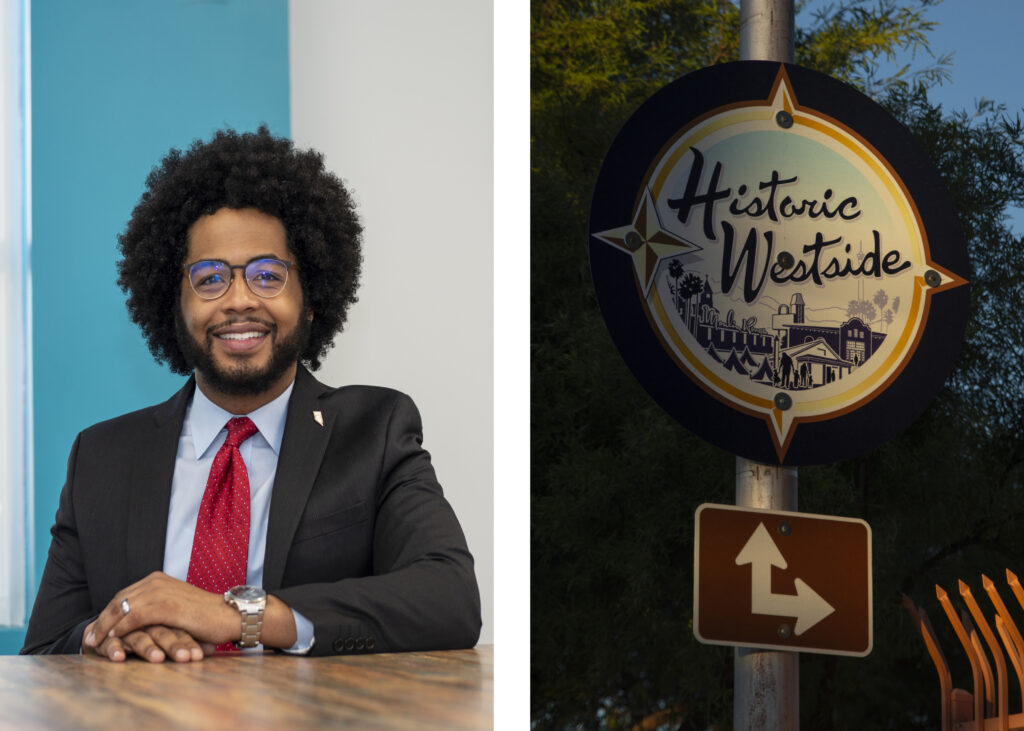
In Clark County, the Black population makes up about 15 percent of residents. There is one Black county commissioner on a seven-person board, or 14.3 percent representation, and Savwoir said Black representation should ideally continue to closely mirror the county population.
He worries that recent maps approved by the commission in early November create a second majority-minority district, but in doing so, may end up pitting the Latino community against the Black community in the revised district.
Make It Work Nevada’s Executive Director, Erika Washington, added that Nevada’s citizen Legislature limits the capacity of lawmakers to field questions and concerns from the broader community because representatives only work part-time.
“You’re going to move the lines around to change representation, but why would you do that when the representation doesn’t have enough time and energy to represent what they already have?” Washington asked.
As Make it Work Nevada raises awareness around the topic of redistricting, one of the most significant barriers is engagement. The immediate need to put food on the table and support the family outweighs participating in a highly technical process that often feels inaccessible, Savwoir said.
“[Redistricting] is competing with all the other pressing matters in their lives,” he said. “I worry that there won’t be enough opportunities for the community to make their voices heard, which is why we are a big proponent of having more public hearings and at all kinds of hours.”
Building community power
Since the 2010 census, Nevada’s Asian American Pacific Islander community has grown more than 45 percent, with the majority of growth taking place in southwest Las Vegas.
Nevada is one of only six states where the AAPI communities make up more than 10 percent of the state population, said Eric Jeng, the director of outreach for the Asian Community Development Council.
“Yet, when our community looks at the makeup of the state Legislature, we cannot help but notice the underrepresentation of Asian Nevadans,” he said.
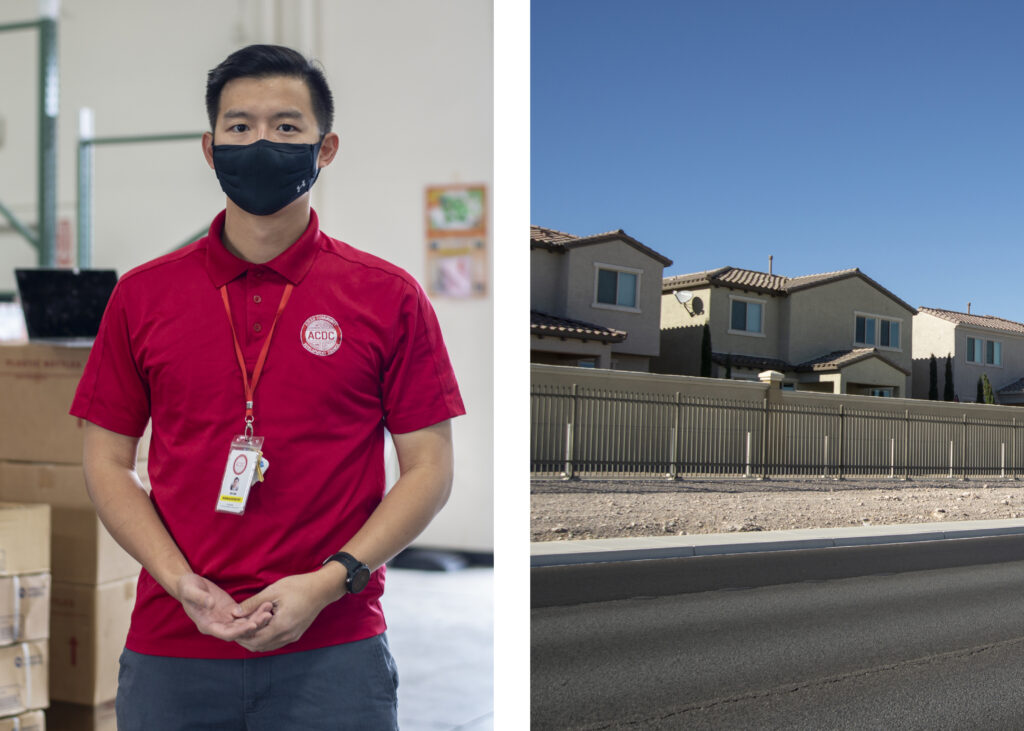
With no AAPI representatives in the state Senate and five in the Assembly, Jeng said the AAPI community may lack a meaningful connection with representatives and vice versa.
The Asian Community Development Council is a nonpartisan organization focused on improving the well-being of the AAPI community. Outreach to the community extends to the policy realm, as well as helping members of the community access resources such as COVID-19 and flu vaccines, citizenship education and health insurance enrollment.
“On the civic engagement side with ACDC … it’s not about electing a Democratic leader or Republican leader, it’s about building community power,” Jeng said. “It’s about making sure the interests are represented [and] the issues are there.”
Jeng is not the only one worried about AAPI community representation.
ACLU of Nevada Executive Director Athar Haseebullah and Policy Director Holly Welborn penned a letter to an interim legislative redistricting committee in October urging lawmakers to protect the population’s voting power by either drawing a new AAPI majority district, or two districts with at least 40 percent AAPI population.
“We are concerned that if the Legislature were to advance maps that are relatively the same as they stand today, it would result in the dilution of one of Nevada’s fastest-growing communities of interest,” they said.
The closest Nevada’s proposed legislative maps come to meeting the ACLU’s recommendations is in Senate District 11, which would have a 33.5 percent AAPI population, and Assembly District 8, which would have a 37.5 percent population. No proposed legislative or congressional district has an AAPI majority.
In the Assembly, District 35 and District 9 currently have the highest ratio of AAPI residents with 32 percent and 30 percent of the districts’ populations identifying as AAPI, respectively. In the Senate, almost 31 percent of District 9 residents identify as AAPI, followed closely by 27 percent of residents in District 11.
No fair representation without fair redistricting
Nevada's Latino population grew 23 percent in Clark County and 30 percent in Washoe County over the last decade (now making up nearly 30 percent of the state), and Latino community leaders fear that lawmakers could approve an unfair redraw of district lines which could “undermine” their voices.
Guillermo Barahona, civic engagement director at Latino and environmental advocacy group Chispa Nevada, said the group has pushed awareness and engagement in the redistricting process through phone calls and social media campaigns and has reached a “few hundred” people with hopes to get more community involvement.
“Outreach is to make sure that folks are aware of this process that is going on, so that they can become involved — that’s our priority,” Barahona said. “[We hope] the state Legislature draws as equitably as possible these maps so that it's not just a rush process.”
Along with watching what happens with the legislative and congressional districts, Latino groups are also focused on local district boundaries.
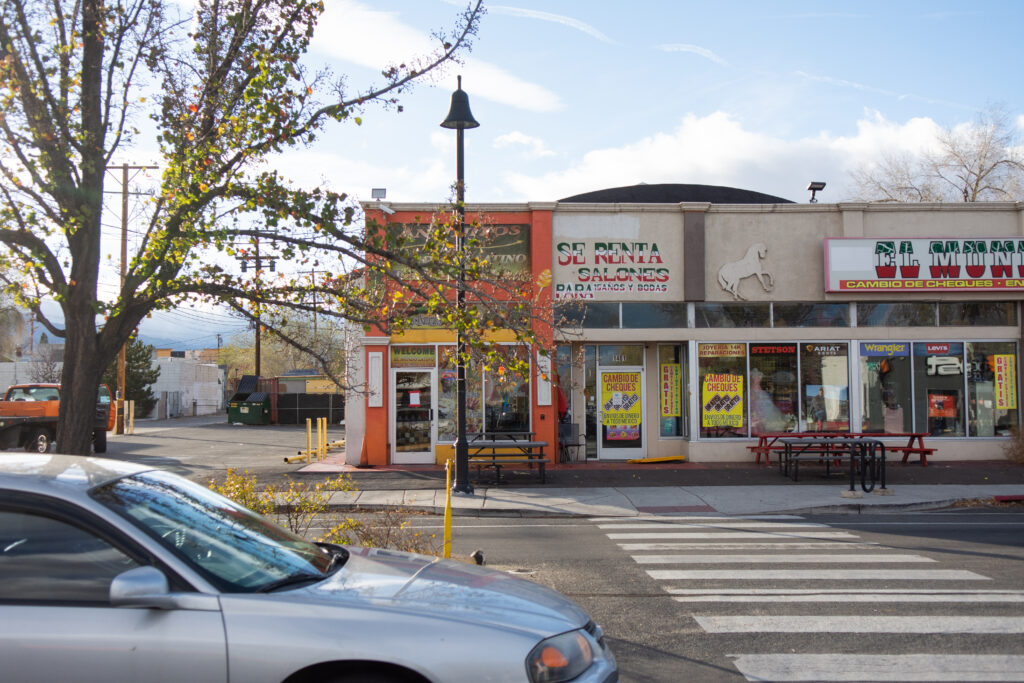
Clark County Commissioners approved redrawn district boundaries last week to accommodate and more evenly distribute the county’s 16 percent population growth over the past 10 years.
Proposals for the new county maps were first released in October, giving community members and advocacy groups an opportunity for feedback.
But several groups say their concerns were not heeded before the maps were adopted. Mi Familia Vota state coordinator Maria Nieto said during the meeting last week that concerns regarding splitting certain neighborhoods had been continuously brought up.
“Today I'm here to express disappointment that our feedback has not been incorporated,” Nieto said to commissioners during the meeting. “We cannot support any maps that put Latino representation against Black representation.”
Language barriers likely contribute to a lack of community engagement in the process.
“To be fully transparent, I wouldn't even know ... what half the words mean if I wasn't involved in these spaces... people just don't have that luxury to be able to do the research,” she said. “[We’ve got to] ensure that there's that transparent and meaningful community input because nobody else is going to know what the community needs except the people living in those communities.”
Sylvia Lazos, a UNLV Boyd School of Law professor and mother of two, has spoken up about Clark County School District's first three proposed redistricting maps that would have “diluted” ethnic group representation in the districts. In the first three maps, Lazos said, there would be instances of ‘packing’ a historically Black district with Latino voters.
“The fear [that they are] not listening, in kind of crammed down positions … I think that when you do that, there's a lot of things that get broken, at least one of which is community trust,” Lazos said.
Her concerns were assuaged on Thursday evening when the school board adopted an alternative set of districts supported by several community members who said it would establish the most equity.
“I think we have a lot of people who still don't understand that we are a multi-ethnic, multiracial community, that we have really changed,” Lazos said. “You cannot have fair representation without fair redistricting.”
Native communities focus on accountability and support
Though Nevada’s Legislature is celebrated for its relative diversity, there’s one demographic not represented — Native Americans.
UNLV Native American Association past president Ryan Boone highlighted a lack of representation for what was the fastest-growing population group between 2010 and 2020. Native Americans represent about 3.4 percent of the state’s population.
“It's easy to read about and assume our priorities and needs, but you will never truly understand what they are until this body holds a public input meeting on tribal land,” Boone, a member of the Walker River Paiute Tribe, wrote to a redistricting committee in October.
His wishes were echoed by other citizens of the Walker River Paiute Tribe, including Lance West — the principal of Shurz Elementary School — who noted that though Native Americans represent the second highest population in rural Mineral County, the group has no representation in elected office.
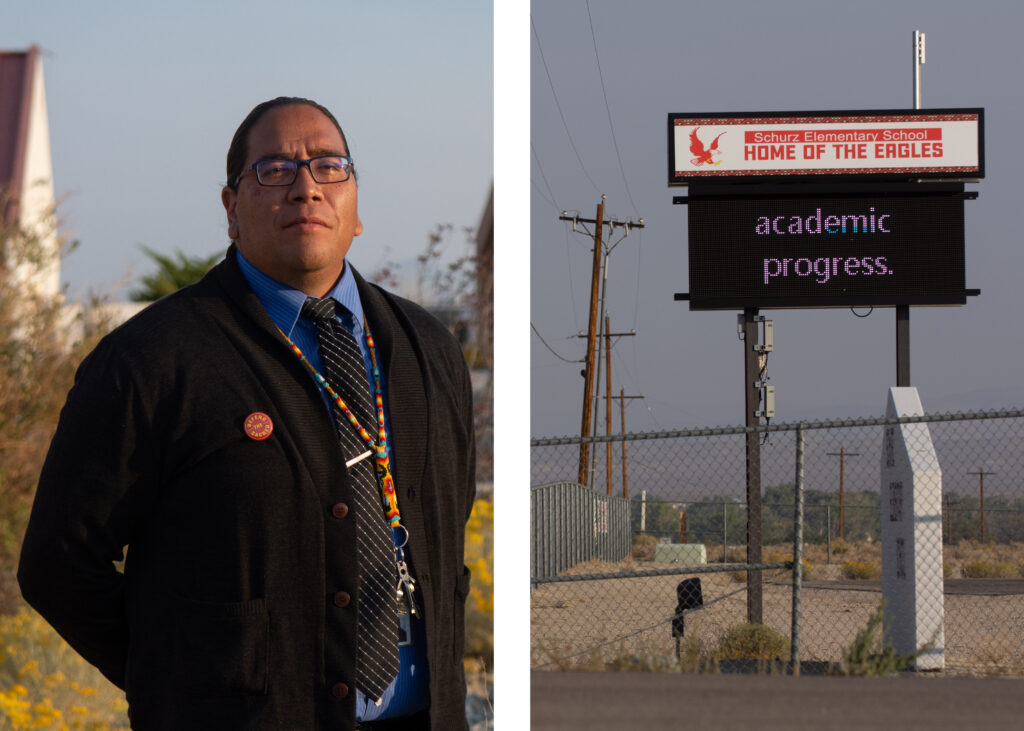
Most tribal communities in Nevada are located in rural districts typically represented by Republican lawmakers who may have different goals and agendas than they do. West and other community members expressed a desire not to divide the tribe, which is presently split between Senate District 14 and Senate District 17 as well as Assembly District 38 and Assembly District 39.
Though the Walker River Paiute Tribe is separated on the state’s proposed congressional maps, the tribe’s land lies fully within the proposed Senate District 17 and Assembly District 38, which encompass the rural areas outside of Carson City.
“We just want to be part of one [district],” West said during the October redistricting meeting. “That way our voice is further empowered and strengthened, rather than split up.”
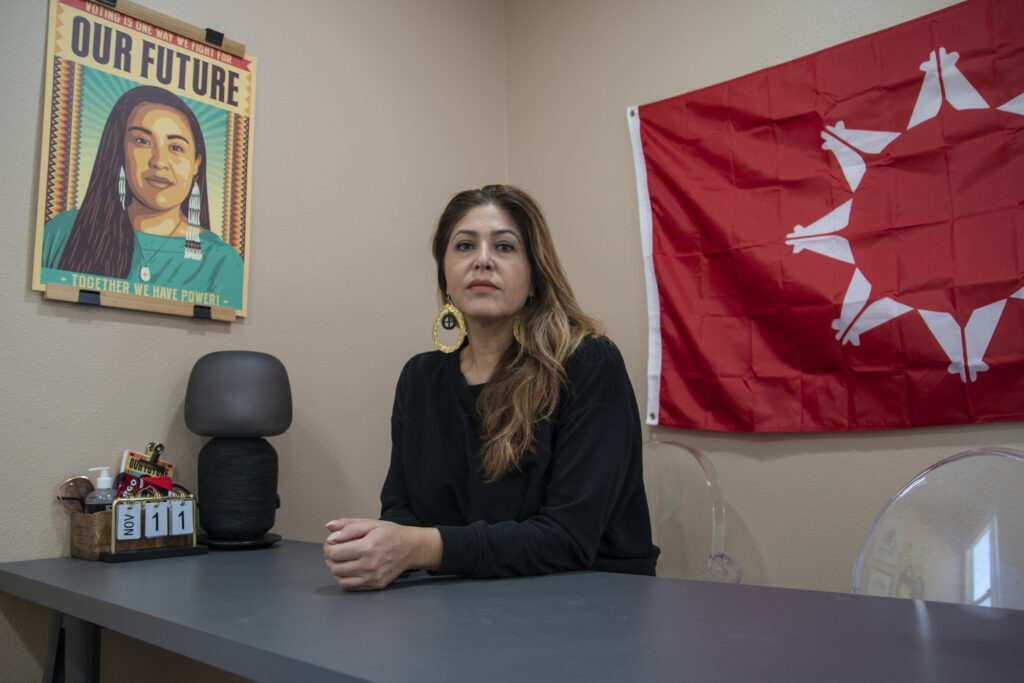
Chair of the statewide Native American Caucus Mercedes Krause said she hopes that the new census population counts and new district boundaries will allow Native communities in Nevada to better advocate for themselves.
“It’s been like grasping at air to get accountability and support,” Krause said. “You can't ignore us, and also understand that the reason you see us is because we are involved and we're here.”
Don’t forget the north
Faith in Action Nevada Policy Director Benjamin Challinor said redistricting could also play a major role in the state’s second-largest population area — Washoe County.
Because Clark County saw the greatest share of population growth over the last decade, Challinor said lawmakers may have to reduce the number of districts in Washoe County to reach equal population distribution across the state.
So far, the legislative maps lawmakers have put forward do not shift the number of seats in either legislative house, but over the last few redistricting cycles, the number of districts representing Washoe County has slowly decreased to accommodate for population growth in the southern part of the state. In 1971, Washoe County received five state senators and ten Assembly members. Following redistricting in 2011, Washoe County and the Carson City area have four state Senate districts and eight Assembly districts.
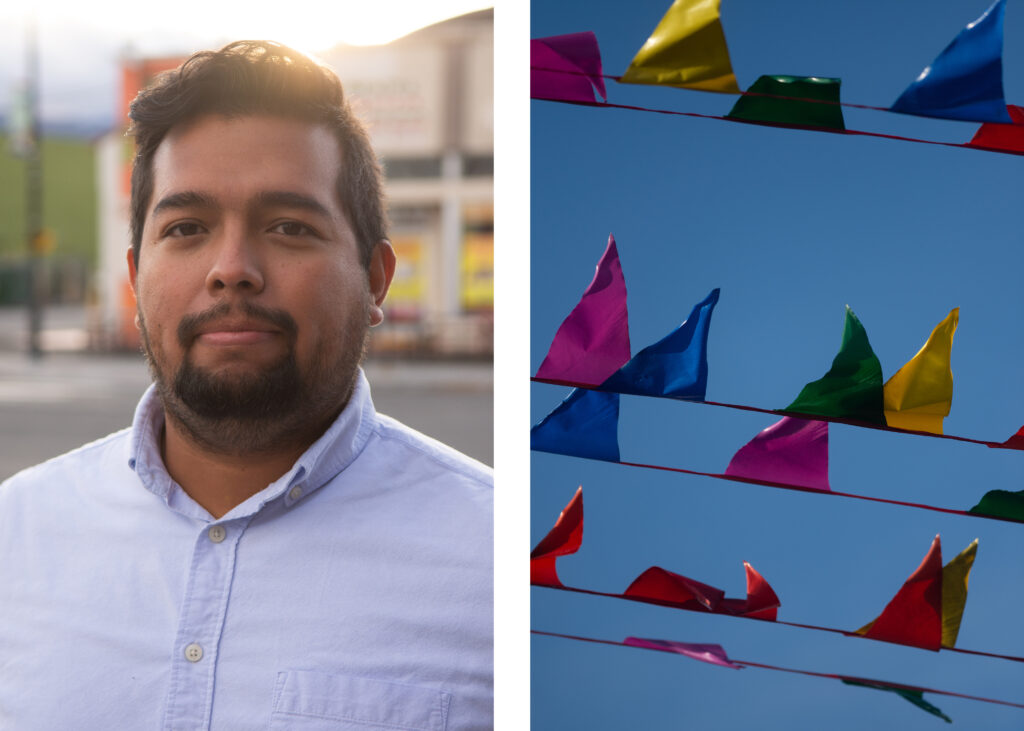
Challinor added that one of the fears he’s hearing is that Latino-heavy areas within Reno may be divided. He said that in East Reno along Wells Avenue, many individuals recognize Latino communities reside there, but the community extends beyond the district.
The area is represented by state Sen. Julia Ratti (D-Sparks) and Assemblywoman Sarah Peters (D-Reno). But it is separated from Assembly District 30 (represented by Natha Anderson (D-Sparks) by U.S. 395. If lawmakers choose to remove one of the Assembly or Senate districts within Washoe County, the area could be absorbed into another district or form a new, larger district.
He said recognizing the value of every community is one of the reasons various organizations have banded together under the umbrella of the Nevadans Count Coalition.
“Ultimately, it comes down to recognizing that we don't want any of our voices diluted,” he said.
Prison gerrymandering
When it comes to redistricting, the majority of states count inmates as part of the population where they are imprisoned. The practice, referred to as “prison gerrymandering,” is criticized for shifting political power from urban communities with disproportionately incarcerated minority populations to rural, often predominantly white communities with prisons.
Though Nevada is one of 11 states that passed legislation to end prison-based gerrymandering, advocates are worried that incomplete data could lead to an imbalance of power.
Nevada’s ban on prison gerrymandering, passed in 2019, requires the state demographer to reallocate inmates in state prisons to their home communities for census purposes. But of 12,214 inmate records the state demographer’s office received from the Nevada Department of Corrections in February, only 6,275 people were able to be reallocated to their last known address.
“There’s a significant number of inmates who will remain counted at the prison site either because there’s insufficient evidence that they were Nevada residents before incarceration, or insufficient evidence of their address in general,” Legislative Counsel Bureau Attorney Asher Killian said during a redistricting community meeting in October.

Roughly 20 percent of the population in rural Pershing County resides in the Lovelock Correctional Center. Reporting from The Associated Press revealed that out of 1,345 inmates eligible for reallocation under Nevada’s anti-prison gerrymandering law, officials were only able to reallocate 644 of them, shrinking the county’s population by 9.7 percent.
Nevada Department of Corrections economist Alejandra Livingston attributed the data gaps to language barriers, drug abuse, an unwillingness to cooperate with prison officials and temporary housing situations.
“Most of these individuals don’t have the lifestyle that many of us have. They’re transient people, they don’t necessarily have a set address,” Livingston said during the meeting.
ACLU of Nevada Policy Director Holly Welborn and Senior Staff Attorney Chris Peterson expressed “grave concerns” about the state’s inability to reallocate incarcerated individuals and warned of potential legal pitfalls in a letter to state lawmakers in November.
“The Legislature cannot rely on current numbers provided by the State Demographer without violating the Nevada Constitution and subjecting the state to potential litigation,” the letter said.
For background on redistricting in Nevada, read The Nevada Independent’s three-part series.
The first part is an explanation of why the process matters. To learn about Nevada’s tumultuous redistricting history, from lawsuits to the “session from hell,” read part two. Finally, take a deep dive into the state’s demographic changes since 2010 and look at how uneven population growth could mean significant shifts in political boundaries in the third installment of the series.

